 Return on Investment — and Impact
Return on Investment — and Impact
I’ve long advocated that nonprofits take a page from the playbook of successful brands: View dollars spent on marketing as an investment, not an expense. It’s a simple principle — smart and sustained investments in your brand will lead to growth. When you grow, you can do more good.
But more and more, we’re watching a new breed of business rip a page from the nonprofit playbook: Work to make an impact on the world around you, and you’ll grow your brand for the greater good. Many of these businesses are really hybrids of the for-profit and nonprofit worlds — enterprises that integrate social and environmental objectives with business practices. They’ve created the emerging category of “for-benefit” enterprise, and they’re driving what’s being called an Impact Economy.
A Madcap Scheme
In his blog post for US News and World Report, co-founder and board member of American Sustainable Business Council, David Brodwin, profiles Grand Rapids, MI-based Madcap Coffee Company as exemplary of the new for-benefit enterprise.
From their Zero Waste policy, to their established practice of working directly with coffee growers to improve crop quality, harvesting, and processing techniques, Madcap is committed to socially-responsible business practices that benefit both their local community and global suppliers. The result is a higher quality product that Madcap commits to buy directly from the farmers at a higher price. Customers get a better product, farmers get a better price, the community gets a strong local business and an environmentally conscious neighbor.
“Good” Business
What’s different is that “good” is now a strategic advantage, not just a philanthropic gesture — one that can be leveraged to grow both nonprofits and businesses, large and small.
While Amway might not fit everyone’s definition of a “for-benefit” enterprise, some would argue that Amway Co-Founder Rich DeVos’s 1993 credo, Compassionate Capitalism, was at the forefront of this movement. John Mackey, co-CEO of Whole Foods, updates the philosophy in his 2013 release, Conscious Capitalism, holding that businesses should fundamentally be about creating value, not only for investors, but also for customers, employees, suppliers, local communities, and the environment.
And consider this from organizers of a Harvard University conference that attracted powerhouses as diverse as Deutsche Bank, GlaxoSmithKline, Goodwill Industries International, Harvard School of Business, U.S. Departments of Commerce and Treasury, and the EPA to discuss growing the Impact Economy:
For-benefit enterprises … create quality jobs and promote economic growth, contribute to the tax base, drive new resources to the nonprofit sector, and tackle a wide range of social and environmental issues that would otherwise fall on the shoulders of government and nonprofits. These enterprises are drivers of an “impact economy” — one that promotes social, environmental, and economic value creation.
Now that’s “good” business. And it has serious implications for the nonprofit world.
Leveraging your — and their — driving purpose
Like their nonprofit counterparts, these socially-conscious businesses have been built on a driving purpose — a purpose that truly matters and is at the heart of what makes them thrive.
Nonprofits need to be aware of this trend, study the for-benefit enterprises that are driven by a similar purpose as their own, and get creative in proposals to partner for increased ROI.
Can your nonprofit organization offer partnerships relevant to the societal or environmental concerns that drive these enterprises?
Can you help leaders of these organizations grow their local impact by tapping them for board or committee positions?
Can you build a fund- or friend-raising program around your common driving purpose that also drives customer engagement and loyalty for their business?
Can you help them leverage their driving purpose for greater impact and returns?
Think about it. Then share your ideas so we can all grow from them.
